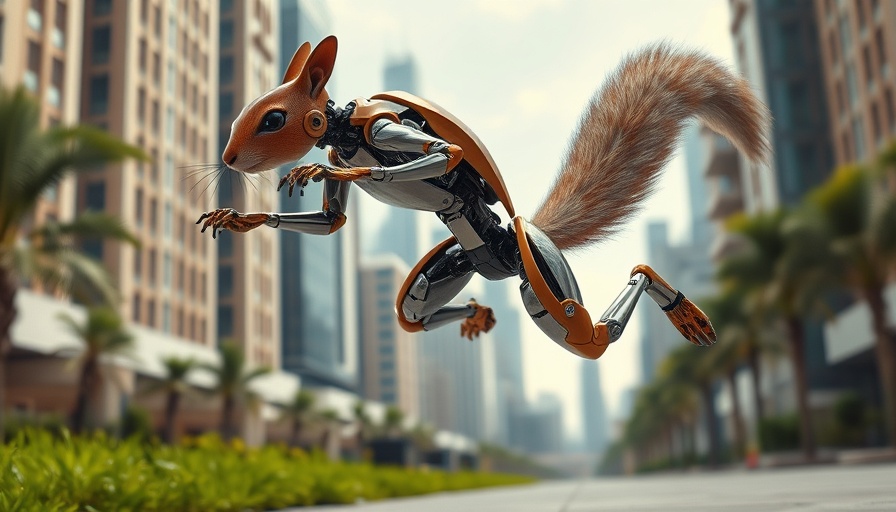
Unleashing the Power of Nature: How Squirrels Inspire Robotics
Scientists have long been inspired by the incredible agility and precision of animals, particularly squirrels. With their remarkable ability to leap from branch to branch, navigating complex environments with ease, it’s no surprise that researchers at the University of California, Berkeley have turned their attention to this mini marvel of the natural world in a quest to enhance robotic design.
Insights from Nature: Mechanical Engineering Takes a Leap
With a goal of creating a robot that can deftly maneuver through challenging terrains, engineers studied the biomechanics of squirrel jumps and landings, discovering key strategies that make these animals exceptional leapers. The result is a one-legged robot, dubbed Salto, engineered to stick a landing on a narrow perch, much like a squirrel dynamically adjusts its body in midair to ensure a safe and accurate landing.
Bridging the Gap: Robotics Meets Biomechanics
Robert Full, a senior author on the study, explains, "The idea is to define control strategies that give animals the range of behavioral options for extraordinary feats and use that information to build more agile robots." This perspective highlights a growing trend in robotics where biomimicry is employed to overcome limitations of current robotic capabilities. By mimicking nature, researchers are developing machines that can operate in environments previously deemed too challenging.
Future Applications: From Rescues to Environmental Monitoring
The implications of this research extend far beyond mere academic curiosity. Introducing robots capable of agile movements could revolutionize search and rescue operations, allowing these machines to navigate debris in disaster zones or even plot their path through intricate tree canopies. Future applications may include monitoring environmental conditions in hard-to-reach locations, contributing to forest management and conservation efforts.
Anticipating the Next Wave of Innovations
As advancements in robotics continue to flourish, we can expect a wave of innovation inspired by not just squirrels but a variety of species showcasing extraordinary physical capabilities. The journey to create robots that not only replicate but enhance biological prowess is just beginning. There are vast avenues yet to explore, and the technology will only get smarter and more capable as it learns from the natural world.
Embracing Nature's Inspiration in Technological Advancements
Ultimately, the collaboration between biologists and engineers to shape Salto acts as a beacon for future developments in robotics. As technology continues to intersect with biology, the possibilities for creating innovative solutions to real-world problems become boundless. By understanding how animals tackle their challenges, humanity can harness this wisdom to build a better, more efficient future.
 Add Row
Add Row  Add
Add 




Write A Comment